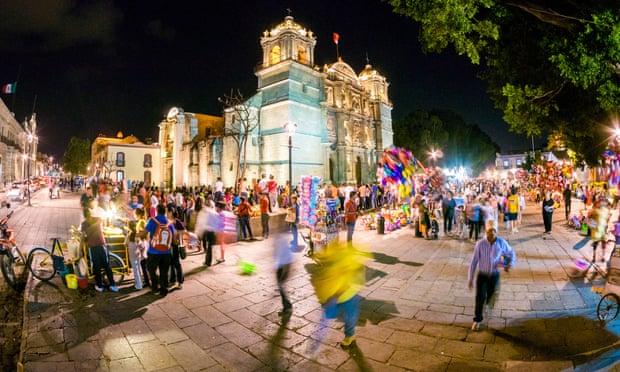| Archeologists Discover a Palatial Complex at Palenque
Archaeologists working in Mexico's Oaxaca Valley have uncovered a palatial complex at Palenque, a Maya city state that prospered in the seventh ...
|
Archeologists Discover a Palatial Complex at Palenque
Archaeologists working in Mexico’s Oaxaca Valley have uncovered a palatial complex at Palenque, a Maya city state that prospered in the seventh century. Excavations at the site have been ongoing since 1993. During the most recent project, the archeologists focused on excavations at the north end of the site, which is where they believed the ruler of the ancient empire had a home and business.
The recently completed work revealed the remains of the palace, which has been dated using associated radiocarbon samples as well as ceramics to the Late Formative period (300–100 BCE), the time period when archaic states began emerging in the region.
Dated to a time before the Aztecs, around 2,100 to 2,300 years ago, most researchers believe the civilization that lived in Oaxaca was among the earliest Mesoamerican states to exist. Elsa Redmond and Charles Spencer, archeologists from the American Museum of Natural History, discovered the site and suggest their findings support that theory.
Well preserved, the palace covered around 2,790 square meters and in addition to living space for the ruler and his family, business offices, a dining area, a staircase and an area where sacrifices were performed have been identified. Personal details, such as the cistern used for rainwater collection and a drain cut into the stone are still evident. The construction methods indicate that the building was designed in advance and then constructed all at once, which would have taken a tremendous amount of organization. Also, its sheer size demonstrates that the ruler had a large amount of manpower available.
A medium-sized site, Palenque is a lot smaller than large sites such as Chichen Itza, Tikal or Copán, however, it contains some of the Maya’s finest sculpture, architecture, and bas-relief carvings. Much of Palenque’s history has been reconstructed from the hieroglyphic inscriptions found on the numerous monuments, which has given historians a long, detailed record of Palenque’s ruling dynasty in the fifth century, as well as extensive information regarding the city-state’s rivalries with other states, including Tonina and Calakmul.
K’inich Janaab Pakal, also known as Pacal the Great, was Palenque’s most famous ruler. Pakal’s tomb was discovered and excavated in 1952 in the Temple of the Inscriptions. Measuring 60 meters wide, 27.2 meters tall and 42.5 meters deep, construction of the Temple of Inscriptions may have begun as early as 675, as a funerary monument. The temple’s main structure is home to the second longest glyphic text from the Maya world ever documented. The pyramid records around 180 years of city history, between the 4th and 12th K’atun. The largest stones, located at the top of the pyramid, weigh between 12 and 15 tons.
The El Palenque palace contains certain features, both architectural and organizational, that are similar to the royal palaces built by much later Mesoamerican states. The El Palenque palace complex is the oldest multi-use palace excavated in the Valley of Oaxaca to date.
This research has been published in the Proceedings of the National Academy of Sciences.


